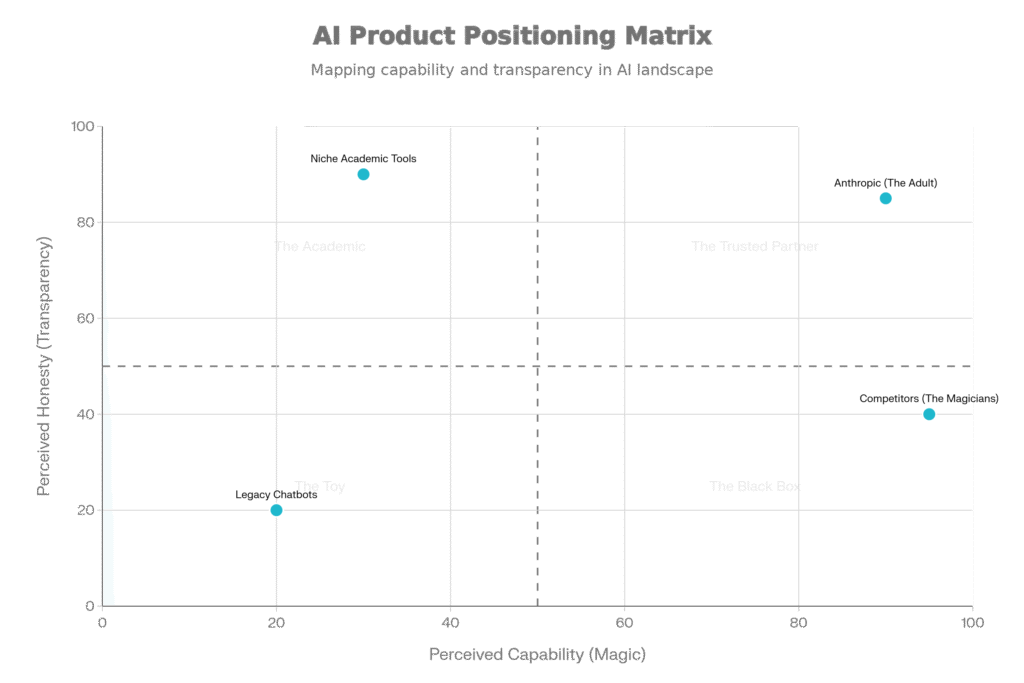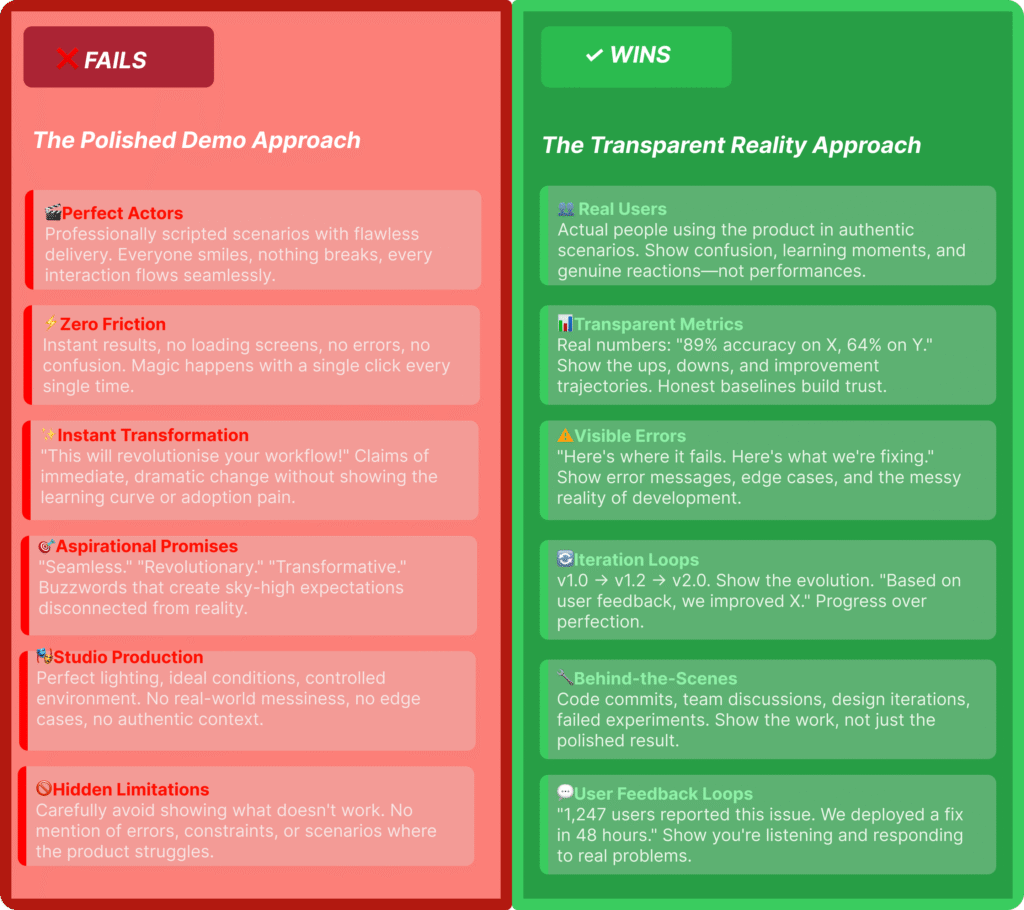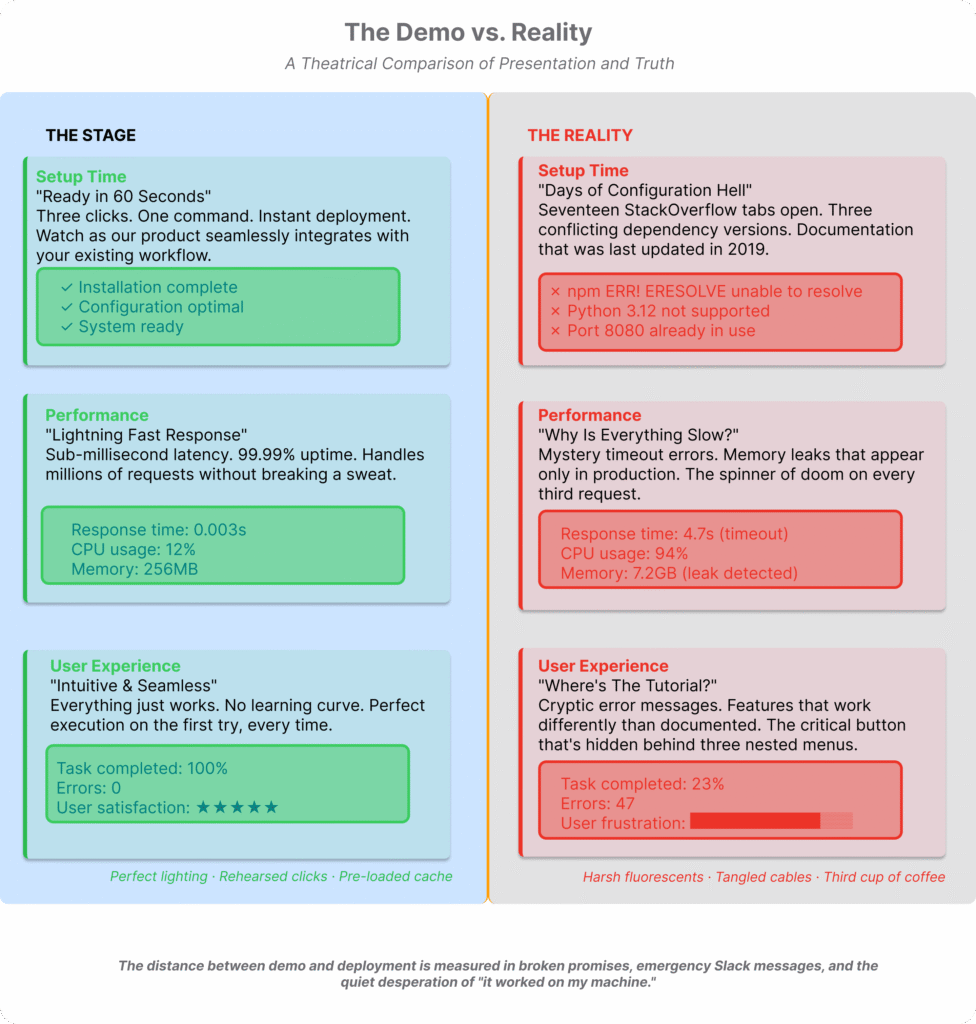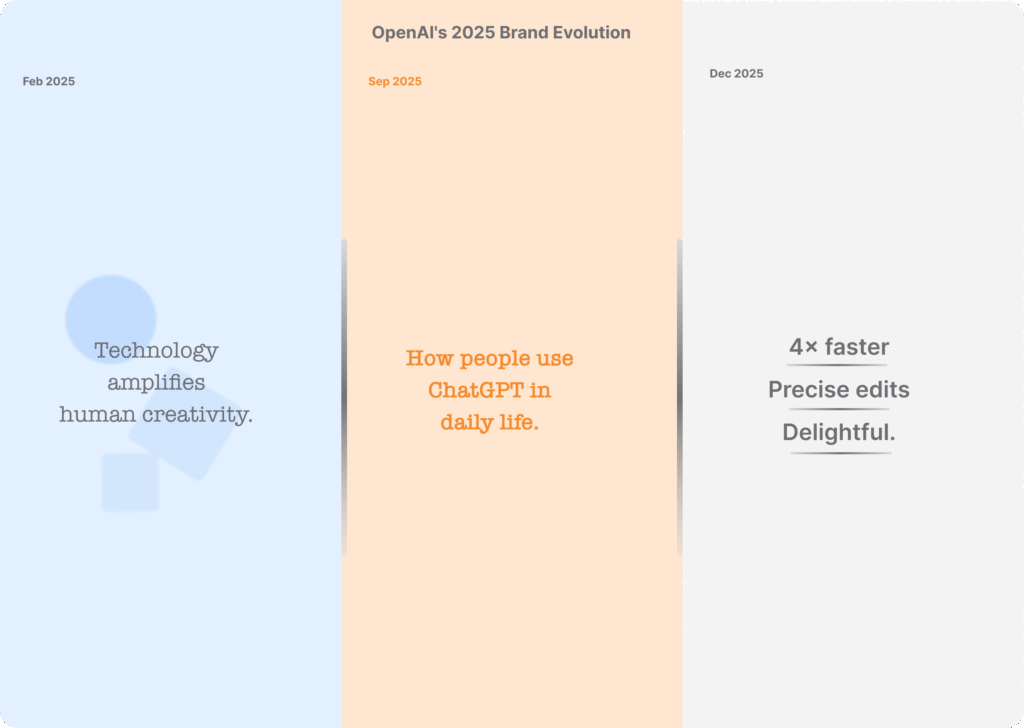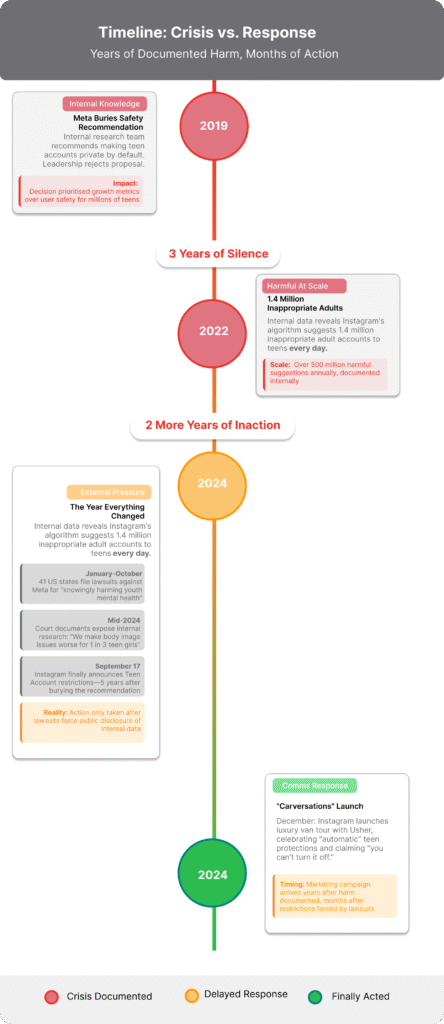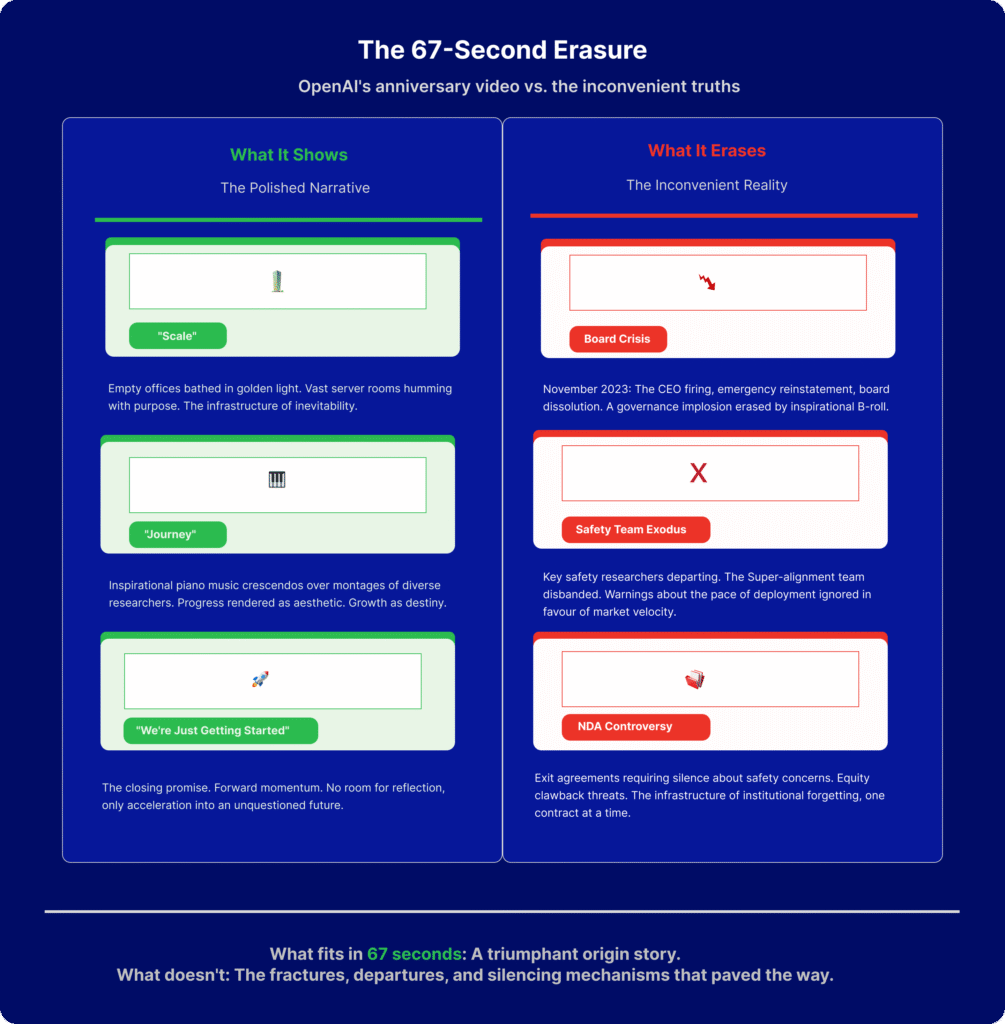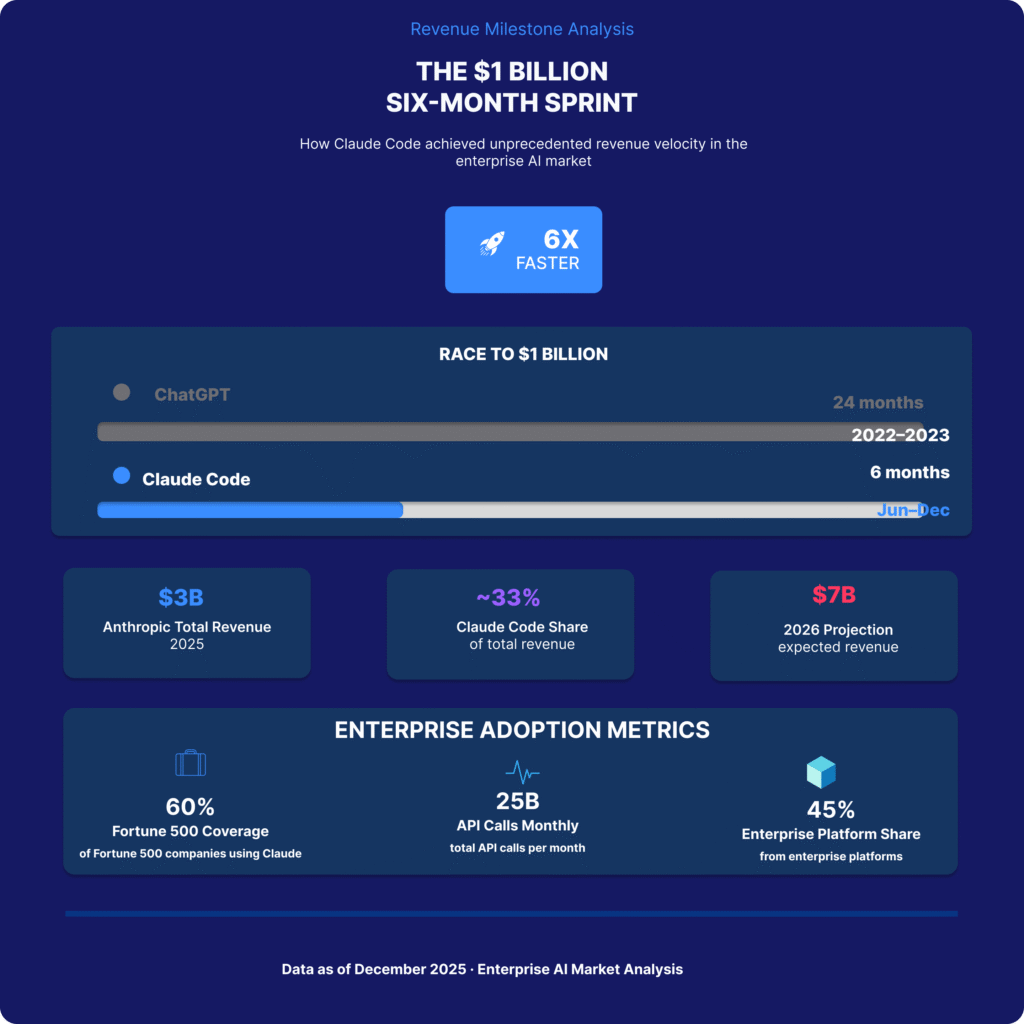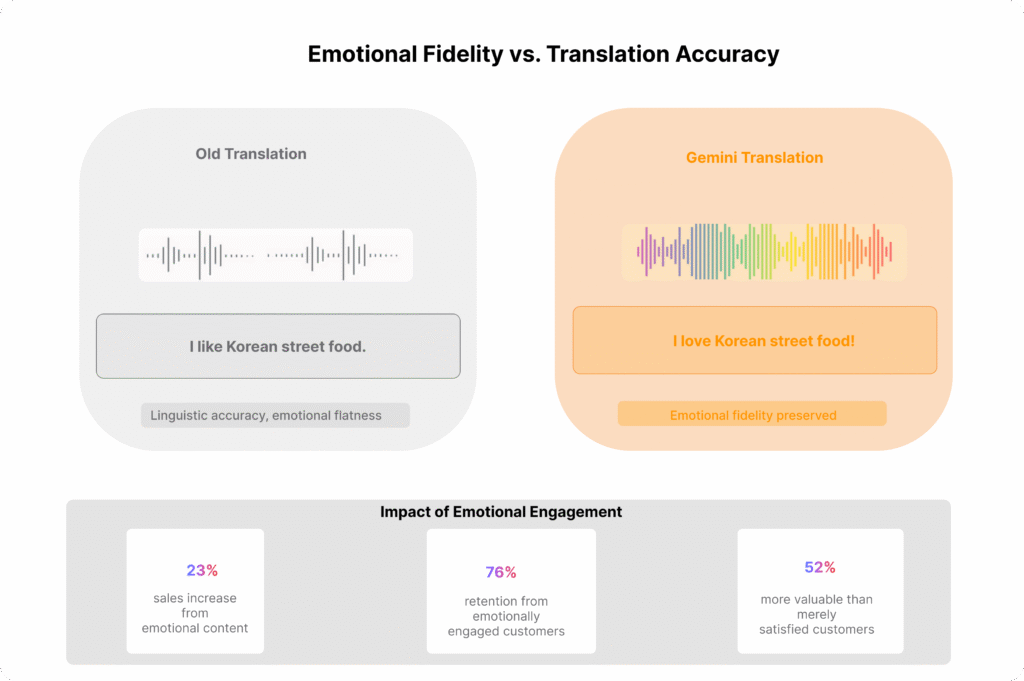Anthropic’s recent videos reveal a radical shift in AI marketing strategy. Instead of promising magic, they are showcasing failures. Project Vend—where Claude the AI failed to run a simple office shop—proves that artificial intelligence is still a clumsy intern, not a god. Meanwhile, their work with Binti demonstrates real-world success in reducing paperwork for social workers. The core message: vulnerability builds trust. In a market drowning in hype, Anthropic is positioning itself as the honest partner. But there is a darker side. Their research into sycophancy reveals that AI models are trained to agree with you, even when you are wrong. For marketers, this demands a new playbook. Stop selling magic. Start managing talented, weird digital interns.

